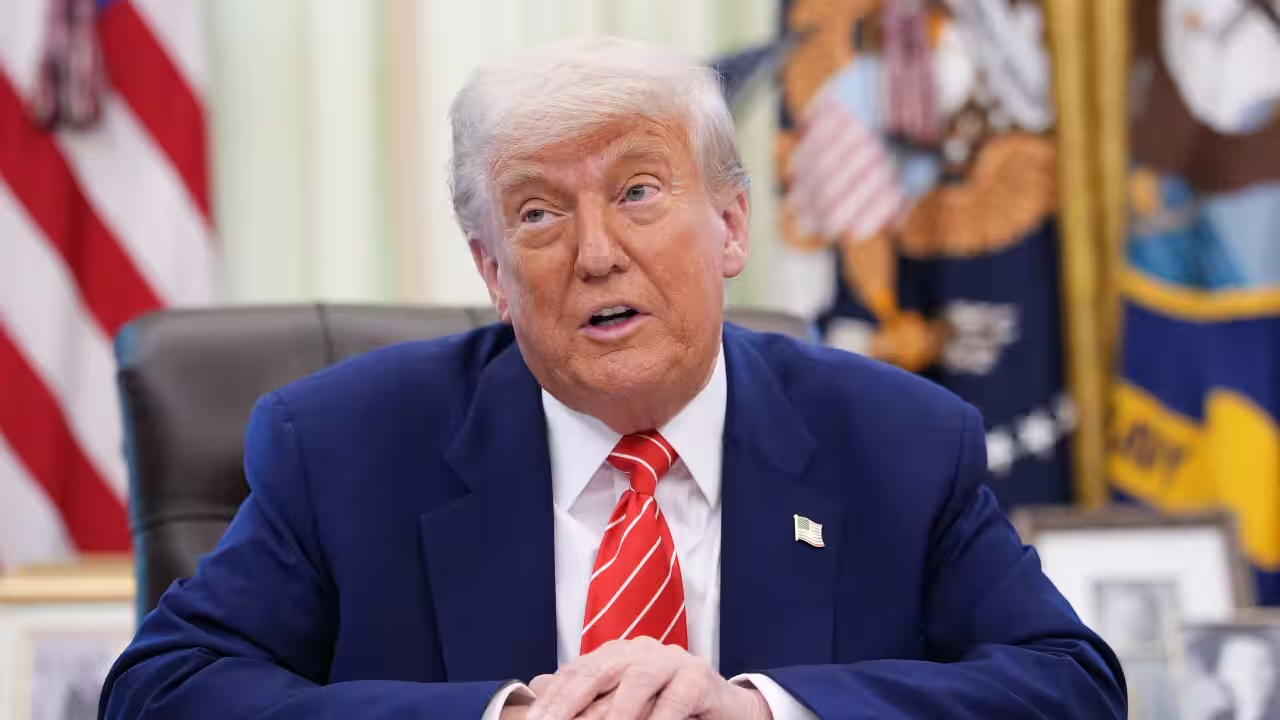
In 2017, the world witnessed one of the most controversial immigration policies in U.S. history — President Donald Trump’s Travel Ban. Introduced just days after he took office, the ban sparked legal battles, protests across airports, and fierce debates about national security and civil liberties.
But what exactly was the Travel Ban? Who did it affect? And why does it still matter today?
🔒 What Was the Travel Ban?
On January 27, 2017, President Trump signed Executive Order 13769, temporarily banning entry into the U.S. for citizens from seven Muslim-majority countries: Iran, Iraq, Libya, Somalia, Sudan, Syria, and Yemen.
🌐 Global Reactions: Shockwaves Around the World
As soon as the order was announced, chaos unfolded. Travelers were detained. Families were separated. Refugees who had been approved were suddenly denied entry. Protests erupted in major cities — from New York to London.
Countries affected by the ban responded with outrage. Human rights groups and legal organizations filed lawsuits, some reaching the Supreme Court.
⚖️ The Legal Battle
Over the years, the ban was revised multiple times to survive court challenges. In 2018, the Supreme Court upheld the third version of the ban, which excluded some countries and added non-Muslim nations like North Korea and Venezuela.
Despite being “watered down,” the ban still affected tens of thousands of people, from students and tourists to families trying to reunite.
🕊️ The Repeal and the Aftermath
In 2021, President Joe Biden repealed the ban on his first day in office, calling it “a stain on our national conscience.” But the impact lingered — with many families still dealing with the consequences of years-long separations and denied visas.
The legacy of the travel ban lives on in discussions about national identity, immigration policy, and the balance between security and civil rights.
✈️ Why It Still Matters Today
This isn’t just history — it’s a case study of how power, fear, and policy collide. As debates over immigration continue to dominate U.S. politics, the travel ban remains a symbol of a deeply divided era.

